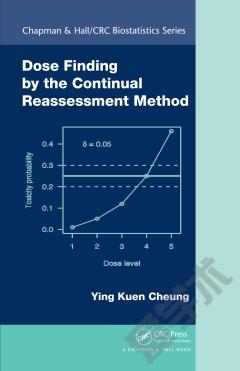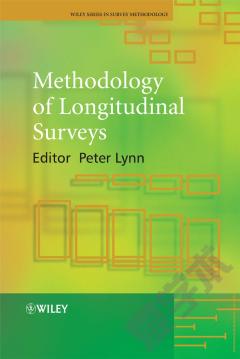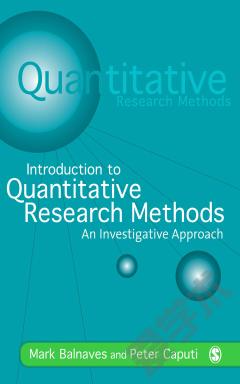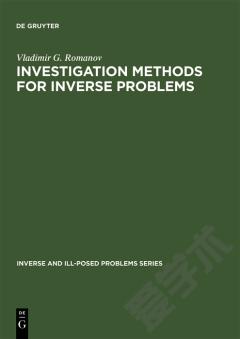Dose Finding by the Continual Reassessment Method
Fundamentals Introduction Dose Finding in Clinical Trials The Maximum Tolerated Dose An Overview of Methodology Bibliographic Notes Exercises and Further Results The Continual Reassessment Method Introduction One-Stage Bayesian CRM Two-Stage CRM Simulating CRM Trials Practical Modifications Bibliographic Notes Exercises and Further Results One-Parameter Dose-ToxicityModels Introduction -Equivalent Models Model Assumptions+ Proof of Theorem 4.1+ Exercises and Further Results Theoretical Properties Introduction Coherence Large-Sample Properties Proofs+ Exercises and Further Results Empirical Properties Introduction Operating Characteristics A Nonparametric Optimal Benchmark Exercises and Further Results Design Calibration Specifications of a CRM Design Introduction Specifying the Clinical Parameters A Roadmap for Choosing the Statistical Component The Trial-and-Error Approach: Two Case Studies Initial Guesses of Toxicity Probabilities Introduction Half-width ( ) of Indifferent Interval Calibration of 77 Case Study: The Bortezomib Trial Exercises and Further Results Least Informative Normal Prior Introduction Least Informative Prior Calibration of 93 Optimal Least Informative Model Revisiting the Bortezomib Trial Initial Design Introduction Ordering of Dose Sequences Building Reference Initial Designs Practical Issues Case Study: NeuSTART Exercises and Further Results CRM and Beyond The Time-to-Event CRM Introduction The Basic Approach Numerical Illustration Enrollment Scheduling Theoretical Properties+ Two-Stage Design BibliographicNotes Exercises and Further Results CRM withMultiparameter Models Introduction Curve-Free Methods Rigidity Two-Parameter CRM+ BibliographicNotes Exercise and Further Results When the CRM Fails Introduction Trade-Off Perspective of MTD Bivariate Dose Finding Stochastic Approximation Introduction The Past Literature The Present Relevance The Future Challenge Assumptions on M(x) and Y (x)+ Exercises and Further Results References Index
{{comment.content}}








 京公网安备 11010802027623号
京公网安备 11010802027623号